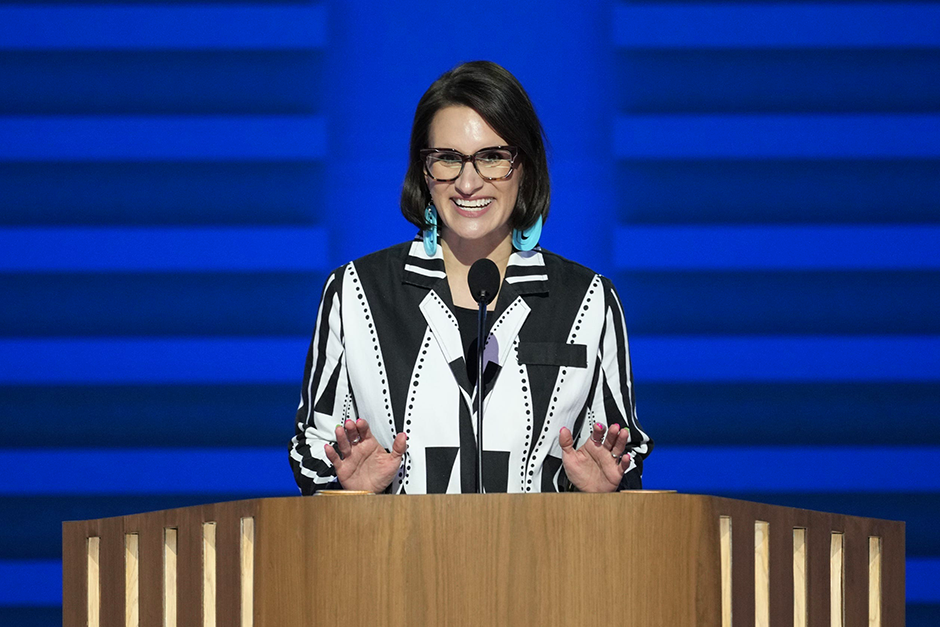Ben Geman:
Yes, I mean, this is a very complicated question because any regulation has both costs and benefits.
But those costs and benefits don’t all accrue to the same people. Now, what I would say is that, when you have seen the EPA under the Biden and Obama administrations issuing these types of Clean Air Act regulations, they do tend to find that, on balance, the benefits far outweigh the costs.
But, that said, the way that these regulatory impact analyses are constructed are subject to some, I suppose, kind of fiddling with the dials. I do think it’s interesting to start looking at the reasons that the EPA is giving for trying to remove this finding. I mean, on the one hand, it is definitely the scientific consensus, and we should never shy away from that, that greenhouse gas emissions, primarily from burning fossil fuels, are causing dangerous climate change.
But the EPA makes a whole series of other arguments in this long document, such as the idea that the EPA in 2009 was overstating some of the harms. They also get into the idea that the U.S. contribution to these emissions, particularly from tailpipes, is not going to be globally significant enough to justify some of the costs of imposing these regulations.
And then they get into some other arguments as well. Their eyes are really on the Supreme Court, as are mine, because the Supreme Court has been issuing decisions in recent years that essentially pull back how much running room agencies have to impose new regulations unless Congress has sort of given them a very, very detailed and explicit blessing with which to do so.

















































